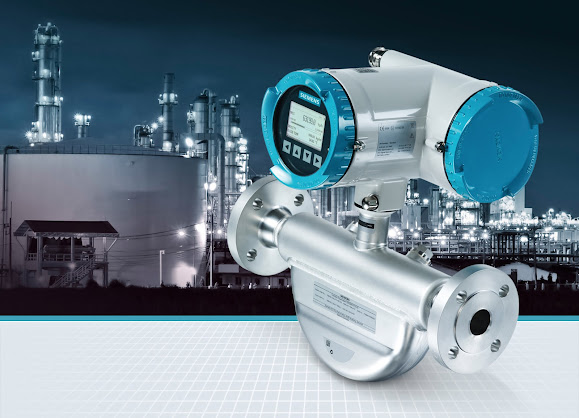5 Key Factors to Consider When Selecting a Pressure Transmitter for Industrial Use
Welcome to our blog, where we delve into the world of industrial pressure transmitters! If you're in the market for a reliable and efficient Pressure Transducer Sensor Australia for your industrial needs, then you've come to the right place. In today's post, we'll discuss the 5 key factors that should be at the top of your mind when selecting a pressure transmitter.
We've got you covered from accuracy and reliability to compatibility and maintenance costs.
So, grab a cup of coffee and let's dive into this essential guide that will help you make an informed decision for your business!
5 Key Factors to Consider
There are a few key factors to consider when selecting a pressure transmitter for industrial use: the process conditions, the type of pressure sensor, the required accuracy and range, the process connection, and the environmental conditions.
- Accuracy and Range
It is important to consider the accuracy and range of a pressure transmitter when selecting one for industrial use. The accuracy of a pressure transmitter is the degree to which it can measure the pressure of a system. The range is the span of pressures that the transmitter can measure. It is important to choose a transmitter with an accuracy and range that meet the specific needs of the application.
There are several factors that can affect the accuracy and range of a pressure transmitter. The type of sensor used in the transmitter can have an impact on its accuracy. Some sensors are more accurate than others. The environment in which the transmitter will be used can also affect its accuracy and range. Factors such as temperature, vibration, and shock can all degrade the performance of a pressure transmitter.
It is important to consult with an expert when choosing a pressure transducer for an industrial application. They will be able to help you select a device with the appropriate accuracy and range for your specific needs.
- Output Type
There are many different types of pressure transmitters available on the market, each with their own advantages and disadvantages. It is important to select the right type of transmitter for your specific application in order to ensure accurate measurements and avoid costly downtime.
The most common type of pressure transmitter is the piezoresistive transmitter. This type of transmitter uses a strain gauge that is sensitive to changes in pressure. Piezoresistive transmitters are very accurate and stable, making them ideal for use in industrial applications. However, they are also relatively expensive and require regular calibration.
Another popular type of pressure transducer is the capacitive transmitter. Capacitive transmitters use a metal diaphragm that is sensitive to changes in capacitance caused by changes in pressure. These transmitters are less expensive than piezoresistive transmitters and do not require as much maintenance or calibration. However, they are not as accurate as piezoresistive transmitters and may be affected by electromagnetic interference.
- Temperature Rating
Temperature is one of the key factors to consider when selecting a pressure transmitter for industrial use. The temperature rating of a pressure transmitter indicates the maximum temperature at which the device can operate without damage. Most pressure transmitters are designed for use in environments with temperatures ranging from -40°F to 140°F (-40°C to 60°C).
However, some specialty devices are designed for use in extreme temperature environments, such as cryogenic or high-temperature applications. When selecting a pressure transmitter for an industrial application, it is important to ensure that the device has a temperature rating that is appropriate for the environment in which it will be used.
- Size and Weight
When it comes to choosing a pressure transmitter for industrial use, size and weight are two key factors that need to be taken into consideration.
Pressure transmitters come in a variety of different sizes, so it's important to choose one that will be able to fit in the space you have available. If you're working with limited space, then a smaller transmitter may be the best option.
Weight is also an important factor to consider, as a heavier transmitter may be more difficult to install and could cause problems down the line. Lighter transmitters tend to be easier to work with and can be less likely to cause issues.
- Cost and Maintenance Requirements
When it comes to cost, there are several key factors to consider when selecting a pressure transmitter for industrial use. The first is the initial cost of the transmitter itself. This is typically determined by the size, features, and materials used in its construction. The second cost factor to consider is the ongoing maintenance required to keep the transmitter functioning properly.
This includes regularly checking and calibrating the device, as well as replacing any parts that wear out over time. You'll also need to factor in the cost of shipping and installation when determining the overall cost of a pressure transmitter for your industrial application.
Conclusion
Selecting the right pressure transmitter or pressure transducer for industrial use is an important decision that needs to be carefully thought out. In this article, we have outlined 5 key factors to consider when making your choice so you can ensure that you get the most suitable device for your application. We hope that with these tips in mind, you will be able to select a pressure transmitter that meets all of your performance requirements and offers long-term reliability.


Comments
Post a Comment